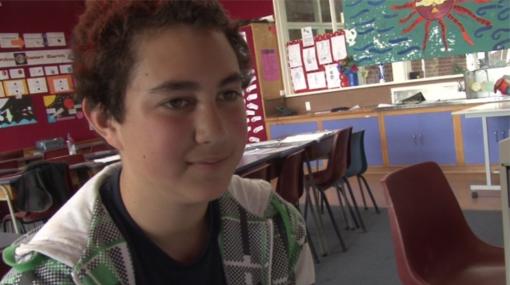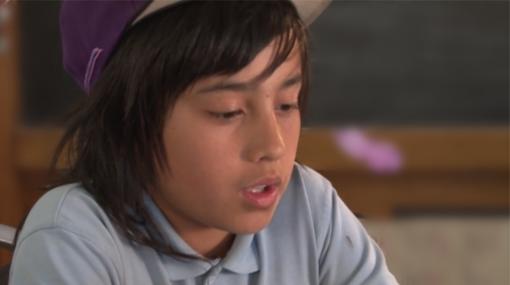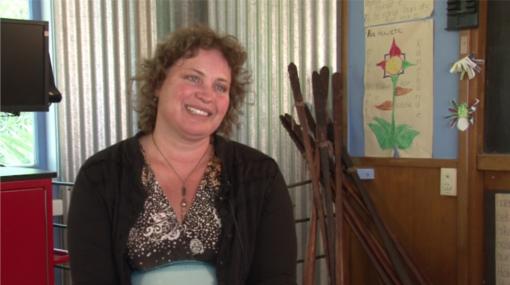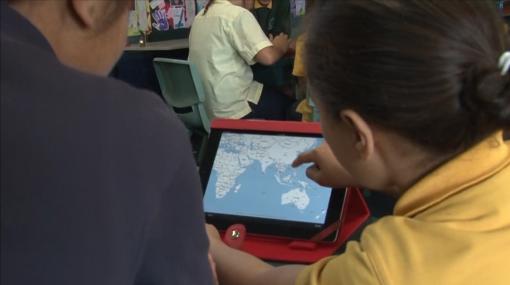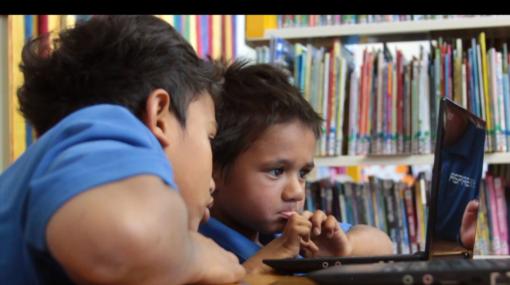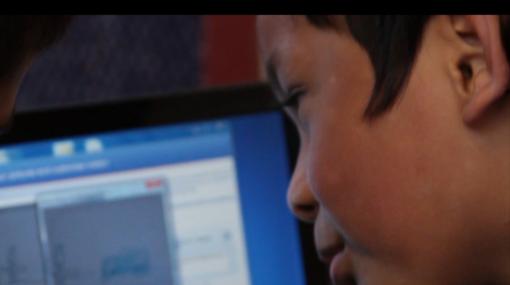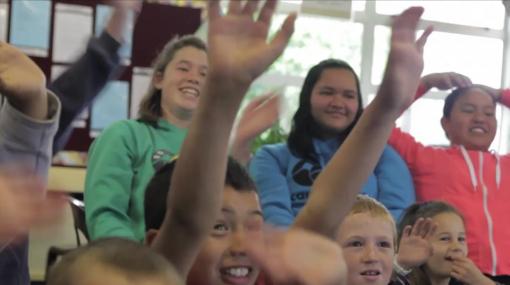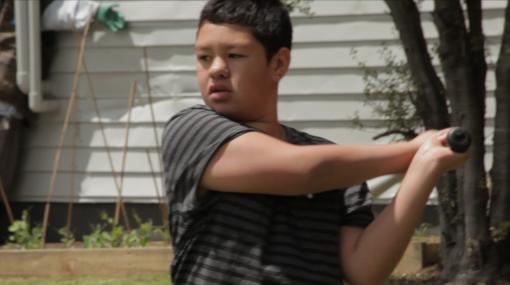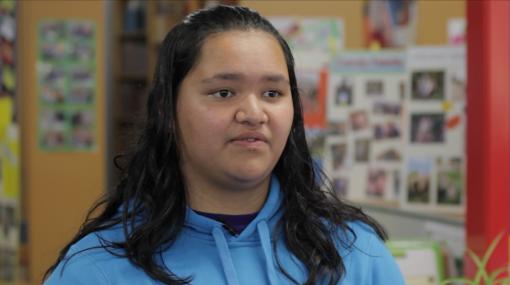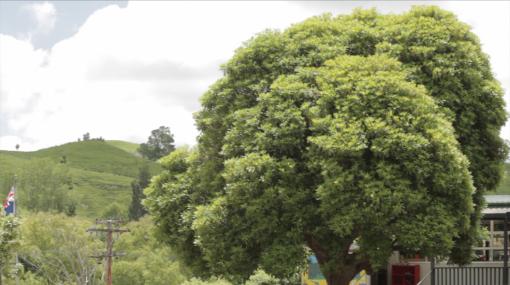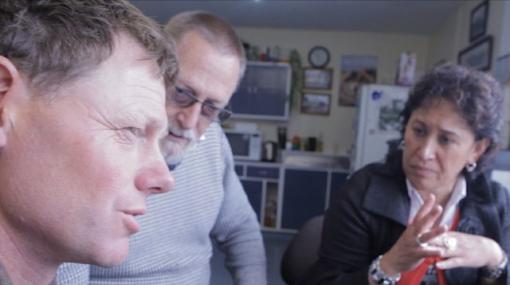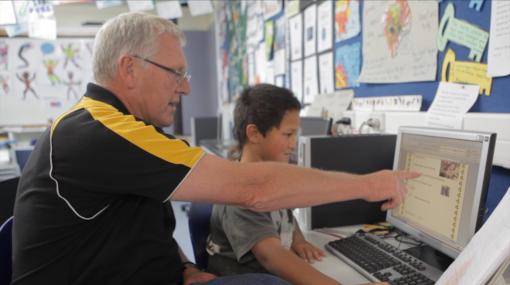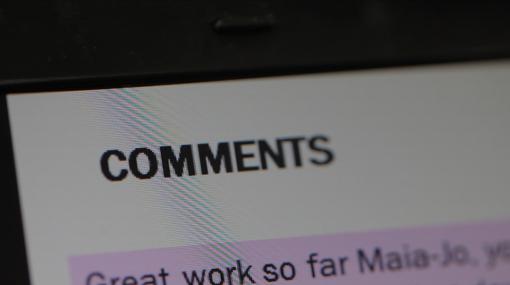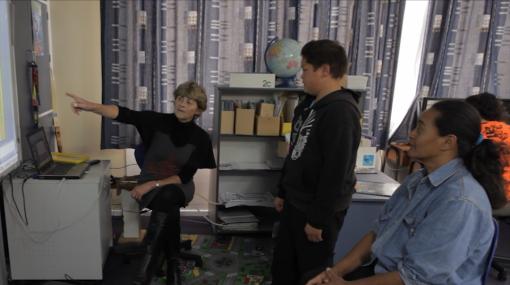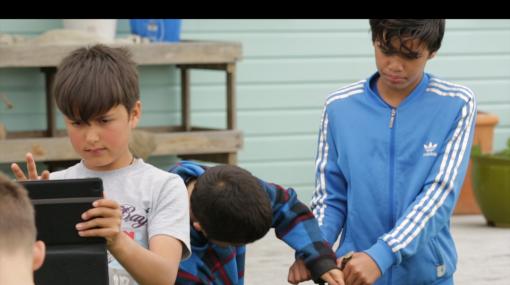Māori achieving success as Māori – MASAM
What is Māori achieving success as Māori?
"As Māori [means] being able to have access to te ao Māori, the Māori world – access to language, culture, marae… tikanga... and resources... If after twelve or so years of formal education, a Māori youth were totally unprepared to interact within te ao Māori, then, no matter what else had been learned, education would have been incomplete."
Professor Mason Durie, (2003). Ngā Kahui Pou: Launching Māori Futures. Huia Publications.
Ka Hikitia – Kā Hapaitia is a cross-agency strategy for the education sector. It sets out how The Ministry of Education will work with education services to achieve system shifts in education and support Māori learners and their whānau, hapū and iwi to achieve excellent and equitable outcomes and provides an organising framework for actions.
The MASAM framework
Māori achieving success as Māori – a framework
In this EDtalk Kathe Tawhiwhirangi, professional learning facilitator for CORE Education, discusses the MASAM framework she has used with schools to help them consider how to build an environment for Māori students to achieve success as Māori.
Facilitators Kathe Tawhiwhirangi and Trevor Bond created a template, Māori Achieving Success As Māori (MASAM)/Culturally Responsive school-derived self-review template using Tātaiako: Cultural competencies for teachers of Māori learners . The matrix is a progression from "Deficit behaviours" to "Highly responsive behaviours" in relation to the five cultural competencies of Tātaiako (ako, whanaungatanga, tangata whenuatanga, manaakitanga, and wānanga).
Waerenga O Kuri School community share their perspectives on the partnership that has been built based on the Māori achieving success as Māori (MASAM) framework they developed together.
More information »
What changes does your school need to make for Māori to succeed as Māori?
Critical factors for the success of the Māori education strategy, Ka Hikitia – Kā Hapaitia include:
- quality provision – leadership, teaching and learning, supported by effective governance
- strong engagement and contribution from parents, families and whānau, iwi, and community.
Making change to enable Māori to succeed as Māori involves:
- developing new, and expanding current teaching and learning approaches that are engaging, effective, and enjoyable for all Māori students.
- having high expectations for all Māori students
- growing knowledge and evidence of what works to support excellent educational and Māori language outcomes
- developing productive partnerships with parents, families and whānau, iwi, and community that are responsive and reciprocal – leading to shared action, outcomes, and solutions.
Motu School principal, Paul Cornwall explains the process they went through to set up a framework for Māori achieving success as Māori (MASAM).
Developing a MASAM framework for your school
Use these questions in conjunction with the Māori Achieving Success As Māori (MASAM)/Culturally Responsive school-derived self-review template to create your school's self-review framework.
Achievement
- What evidence of Māori student achievement do we gather at our school?
- How is this analysed and shared to inform our planning and classroom practice?
Expectations
- What are our expectations for Māori achievement?
- Are our expectations built on a Māori potential approach?
Productive partnerships
- How do we include Māori students and their parents, whānau, hapū, iwi, and Māori communities in decision-making around Māori achievement and expectations?
Next steps
- What are our school's short-term, mid-term, and long-term plans to strengthen Māori student achievement?
- How can digital technologies and ako-e (e-learning) be used to support your planning and implementation?
For more stories on how the MASAM framework has been used in Motu and Waerenga o Kuri Schools, see the school stories tab .
Engaging with the community
The board of trustees, parent community, and school leadership team at Waerenga O Kuri School explain the collaborative process they used for developing their Māori achieving success as Māori (MASAM) framework. The result has been a real community partnership to improve student learning outcomes in a culturally responsive and inclusive manner.
Parents, BOT, and teachers from Motu School discuss their collaboration to create their Māori achieving success as Māori (MASAM framework). An area of significant progress is whanaungatanga. They have deliberate strategies in place to make connections with whānau and the community, both formally and informally.
Developing your school curriculum
Explore the content of the curriculum
Review your school curriculum by asking:
- Where are the voices of whānau in this curriculum?
- How far does the curriculum fit the students and the graduate profile? (or do they have to fit into it?).
Ako – Integrating technologies into pedagogy
- Incorporate Māori culture (including tikanga-ā-iwi) in the learning design process. The videos below are examples of this in action.
- Plan and implement programmes of learning, which accelerate the progress of each Māori learner identified as achieving below or well below expected achievement levels, for example using digital stories to improve student literacy
- Actively engage Māori learners and whānau in the learning partnership through regular, purposeful feedback, and constructive feed-forward, for example teaching digital stories using tuakana-teina .
The use of technologies can help teachers and ākonga:
- access and capture the expertise that Māori parents, whānau, hapū, and iwi offer, for example, this video demonstrates Innovating with ICT
- integrate knowledge of local context, tikanga, history, and language – including the prior knowledge that ākonga bring with them
- to use local Māori contexts (such as whakapapa, environment, tikanga, language, history, place, economy, politics, local icons, geography) to support Māori learners’ learning.
Yvonne Nikora, Deputy principal at Waerenga o Kuri School, talks about the impact the Māori achieving success as Māori (MASAM) framework has had on her teaching. She describes using technologies to enable students as they create a story of their turangawaewae. For students, the result of this authentic learning context has been developing a sense of belonging and ownership.
Using the MASAM framework at Papakowhai School
Principal, Mark Smith, explains how the framework has supported his school’s journey in enabling Māori students to achieve success as Māori. Mark offers advice to other schools wanting to develop the framework to guide their own self-review.
Sorry, no items found.
Filter by: Community engagement Whānau engagement Inclusion Te reo Strategic planning Classroom practice English Writing
Sorry, no items found.
Resources and research
Ka Hikitia – Kā Hapaitia is a cross-agency strategy for the education sector. It sets out how The Ministry of Education will work with education services to achieve system shifts in education and support Māori learners and their whānau, hapū and iwi to achieve excellent and equitable outcomes and provides an organising framework for actions.
Tātaiako: Cultural competencies for teachers of Māori learners
A guide to the development of cultural competencies teachers to create a learning environment where Māori learners achieve successfully Māori.
Te Mangōroa is a resource for English-medium schools. It is a portal to stories, reports, statistics, and reviews from across TKI and other sites that reflect effective practices to support Māori learners to achieve education success as Māori. Te Mangōroa contains practical illustrations for what the Māori education strategy, Ka Hikitia – Ka Hāpaitia, means for teaching and learning.
Tau Mai Te Reo is a cross-agency strategy for the education sector. It sets out the goals The Ministry of Education are seeking to achieve and provides a framework for coordinating programmes and services that support Māori language in Māori medium and English medium education.
Te Kotahitanga: Raising Māori student achievement
Te Kotahitanga is a research and professional development programme that supports teachers to improve Māori students' learning and achievement.
He Kākano is a strategic school-based professional development programme with an explicit focus on improving culturally responsive leadership and teacher practices to ensure Māori learners enjoy educational success as Māori.
Te Reo Māori in English-medium schools
Information and resources relevant to the teaching and learning of te reo Māori in English-medium schools.
Telling stories: Recording the school experiences of Māori learners
In this Education Gazette article, Principal Peggy Burrows discusses her PhD research that asks what it means to be a bicultural leader in a South Island context.
References
Neal, Terry, & Collier, Hohaia. (2006). Weaving kaupapa Māori and e-Learning. He Puna Korero: Journal of Maori and Pacific Development, 7(2), 68–73.
NZCER. (2004). Critical Success Factors and Effective Pedagogy for e-learning in Tertiary Education: Background paper for ITP New Zealand. Retrieved from https://www.educationcounts.govt.nz/publications/schooling2/digital-technology/critical-success-factors-and-effective-pedagogy-for-e-learning-in-tertiary-education
Tiakiwai, S.J., & Tiakiwai, H. (2010). A Literature Review focused on Virtual Learning Environments (VLEs) and e-Learning in the Context of Te Reo Māori and Kaupapa Māori Education. Ministry of Education (NZ). Retrieved from https://www.educationcounts.govt.nz/publications/91416/105966/a-literature-review-focused-on-virtual-learning-environments

